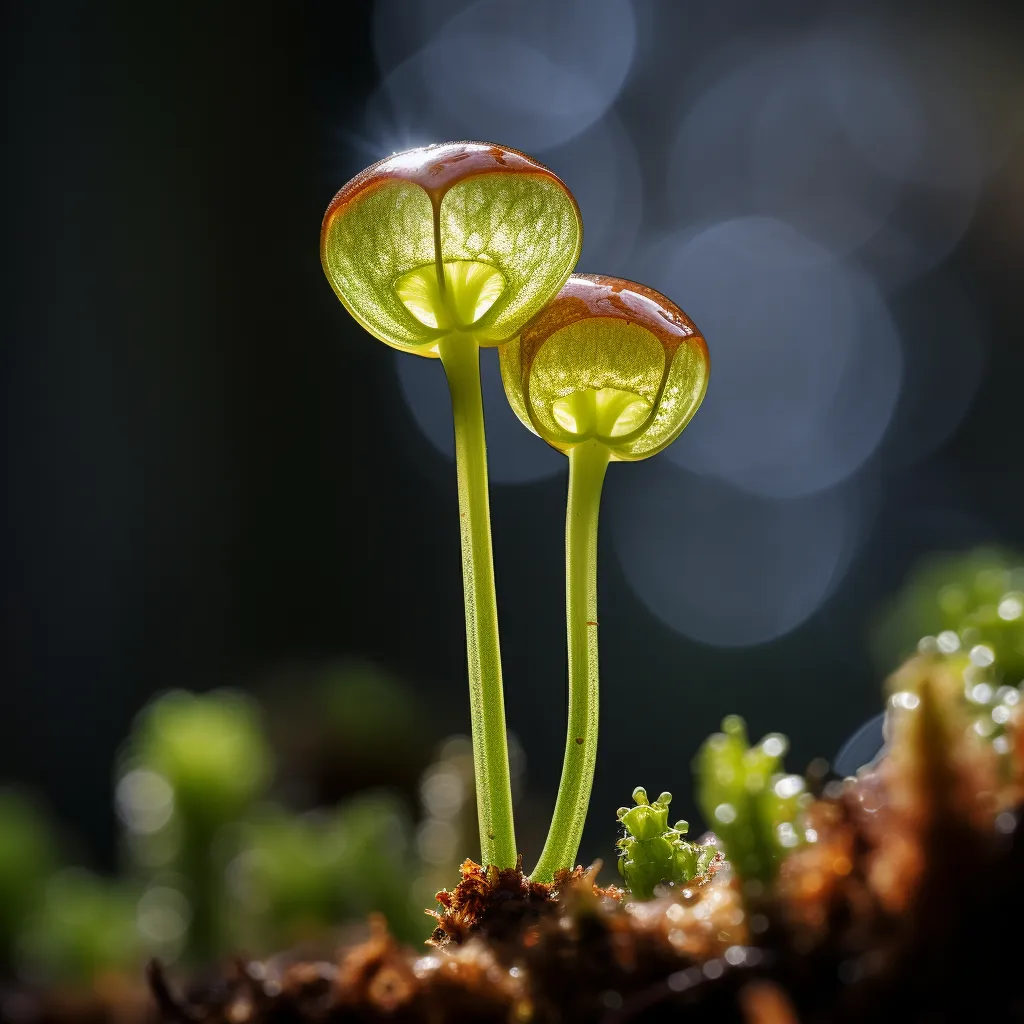Story of Day :
Contents
Darlingtonia Californica (Californian Pitcher Plant) Plant Care Tips
Gardening can be a wonderful and fulfilling hobby.
There’s nothing quite like nurturing plants and watching them flourish.
If you’re looking to add something unique to your garden, why not consider the Darlingtonia californica, also known as the Californian pitcher plant? This fascinating carnivorous plant is not only visually stunning but also offers an intriguing aspect to any garden.
Here are some essential care tips for growing and maintaining this extraordinary plant.
1.
Understanding the Darlingtonia Californica
The Darlingtonia californica is a carnivorous plant native to North America’s west coast, specifically in California and Oregon.
Its distinctive appearance with tube-like leaves resembling pitchers makes it stand out among other plants.
- These tube-like leaves function as traps for insects.
- The plant attracts insects with its bright colored hood that resembles an inviting flower.
- Once lured inside, the insects become trapped in the downward-pointing hairs within the pitcher.
- Liquid inside the pitcher drowns and digests the captured prey providing nutrients for the plant’s survival.

2.
Suitable Growing Conditions
If you wish to successfully grow a Darlingtonia californica in your garden or indoors, it’s crucial to provide suitable growing conditions:
- Sunlight: These pitcher plants thrive in full sun or partial shade conditions where they can receive at least four hours of direct sunlight daily.
- Temperature: They prefer cooler temperatures ranging from around 50°F (10°C) during winter nights up to about 85°F (29°C) during summer days.
- Humidity: These plants require high humidity levels.
You can achieve this by placing the pitcher plant on a tray filled with water or using a humidifier nearby.
- Soil: Use a mixture of sphagnum moss and perlite to create well-draining soil for your Darlingtonia californica.
The plant is adapted to nutrient-poor soil, so avoid using fertilizers.
- Water: Keep the potting mix consistently moist, but not waterlogged.
Ensure there’s always an inch of standing water in the tray below the pot to mimic its natural bog habitat.
3.
Feeding Your Pitcher Plant

Darlingtonia californica is highly adapted to catching and digesting insects; however, you may need to supplement its diet, especially if grown indoors or in poor insect populations areas:
- If your pitcher plant isn’t capturing enough insects naturally, you can provide it with small live insects like flies or fruit flies once every few weeks as supplementary feeding.
- Avoid feeding it too much as excess nutrients can harm the plant’s delicate balance.
4.
Disease Prevention
To keep your Darlingtonia californica healthy and disease-free, follow these essential tips:

- Avoid overcrowding: Ensure each Californian pitcher plant has sufficient space around it for proper air circulation and light penetration.
5.
Overwintering Tips
Darlingtonia californica requires special care when winter comes around:
- Your pitcher plant may go dormant during winter.
- Cold temperatures: Maintain a temperature range of around 30°F to 50°F (-1°C to 10°C).
- Decreased water requirements: Reduce watering during dormancy but ensure the soil stays slightly moist.
Provide it with the following conditions:

In Conclusion
The Darlingtonia californica, or Californian pitcher plant, is a remarkable addition to any garden.
Its unique appearance and carnivorous nature make it an intriguing conversation starter.
By understanding its growing conditions, feeding needs, disease prevention techniques, and overwintering tips, you can provide the best care for your Darlingtonia californica and enjoy its beauty for years to come.
Remember—this plant may require a little extra attention compared to other garden plants; however, the rewards are well worth it! So grab your gardening gloves and get ready for an exciting journey into the fascinating world of carnivorous plants!